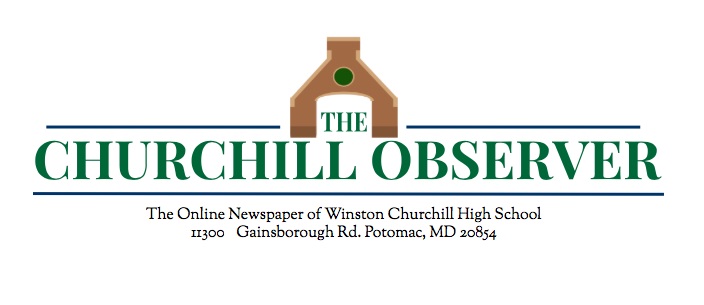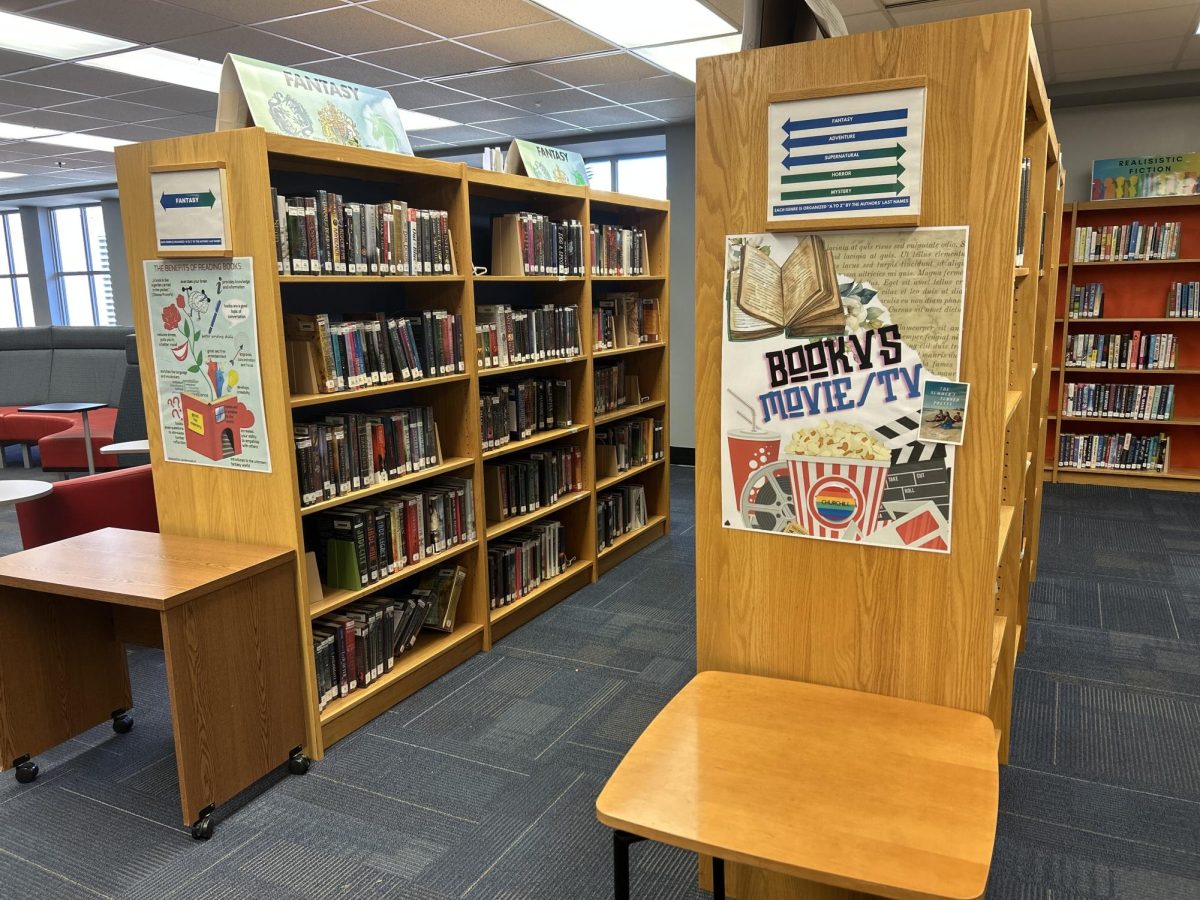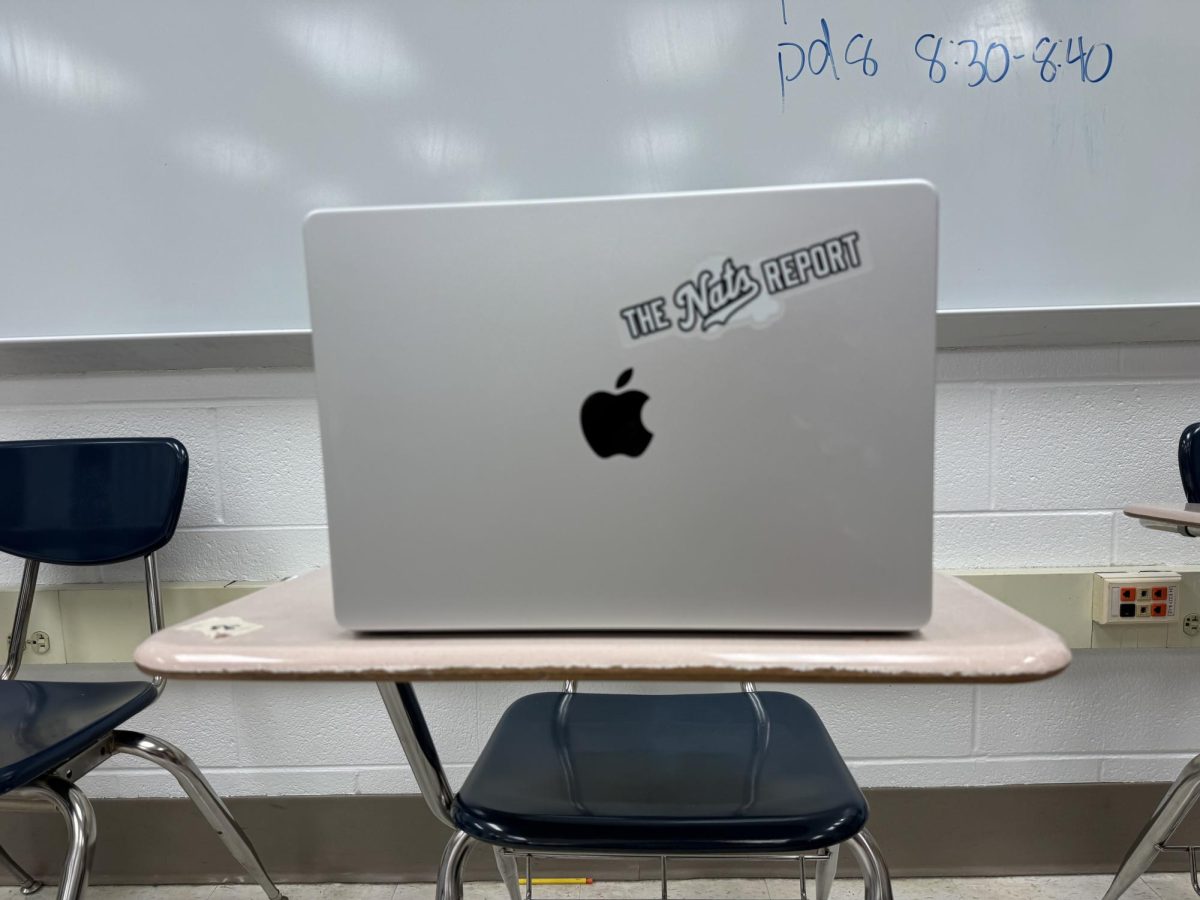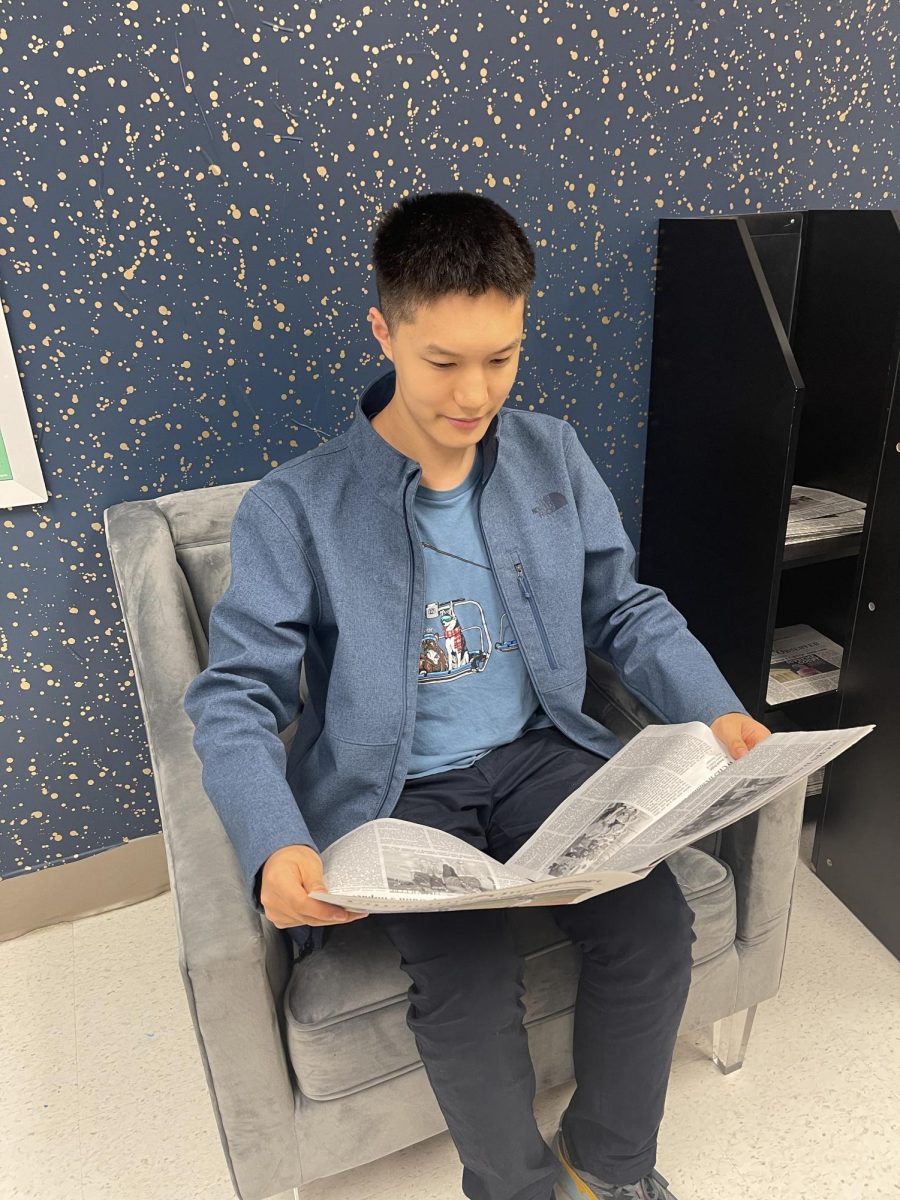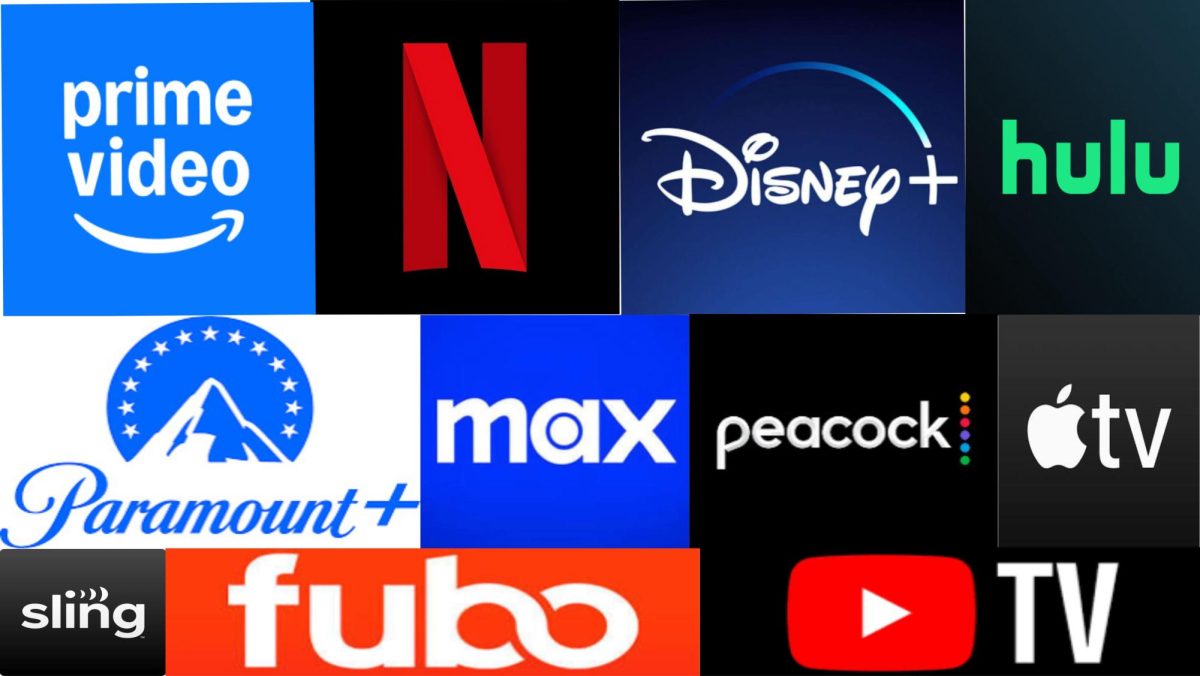
Imagine two students: one gets weekly sessions with a college admissions expert, SAT tutor and an essay coach. The other has to navigate the endless maze of essay writing, college applications and scholarship searches on their own. Getting into a prestigious university is not something that can be accomplished with good grades alone, as there is a whole world contained within the phrase “holistic applications”: standardized testing like the SAT or ACT, extracurriculars, AP classes, part-time jobs, internships, volunteer work and even passion projects. How is one student meant to manage all of that—on top of their life outside school?
Well, they cannot. That is the reason why college preparatory programs exist and are thriving as an industry. According to the Independent Educational Consultants Association, Americans spend around $500 million a year on independent educational consultants for high school students looking to attend top colleges. For families that can afford them, these programs can promise their child the best shot at an Ivy League or another elusive “top school.” Of course, there is nothing wrong with needing help in tackling the complexities of the college admissions process, but the impact of these services is far from equal.
Many companies charge steep prices for their niche services. Kaplan, for instance, charges $899 for a single test prep or college advising course. And Kaplan is not even an outlier in this industry. Most of these programs can be thousands of dollars in total, sometimes even charging hundreds per hour. Some will use these programs for multiple years to receive strategic coaching on their extracurriculars and personal branding for a perfect college application.
Meanwhile, according to the MCPS Department of Food & Nutrition Services, 35 percent of students in Montgomery County are eligible for reduced or free lunches. For these families, costly programs may be entirely out of their reach.
It is easy to view the college preparatory industry as predatory and exclusive, particularly because it provides a distinct advantage for students who can pay. Especially since this industry is not going away anytime soon. According to Technavio, a market research firm, the test preparation market is projected to grow by $16.2 billion by 2028. However, the existence of this industry is simply a symptom of a larger underlying issue: the U.S. college admissions system itself.
The admissions process in the U.S. is an intentional, perpetuated mystery. Unlike the U.K., where strong exam scores can guarantee university admission, a high SAT score in the U.S. is only one piece of the puzzle. Even if a student takes 10 or more AP classes, volunteers regularly, maintains a 4.0 GPA and plays a sport, there is still no guarantee of acceptance. College admission offices continue to define the “best” student by using evershifting, arbitrary standards.
As a result, students have no choice but to try their hardest at everything, maximizing their course rigor, volunteering for years, winning competitions and scoring perfectly on exams. This high performance comes at a cost, including burnout and declining mental health.
All of a sudden, it may seem reasonable to pay someone for help in navigating the countless deadlines, requirements, essays and red tape wrapped around the college application process. But it is imperative to keep in mind how these programs cleverly monetize parental and student stress while exacerbating the wealth gap in higher education, and institutions of higher education seem to have no problem with this.
Creating a system with intense competition without ever bothering to level the playing field is unfair. Curbing the influence of these overpriced programs will involve more than creating programs for students that cannot afford them or banning them altogether. The college admissions process needs major revisions. Creating more transparency with the whole process would be an excellent first start. In the end, college admissions should reflect who you are, not how much you can pay to look good on paper.
